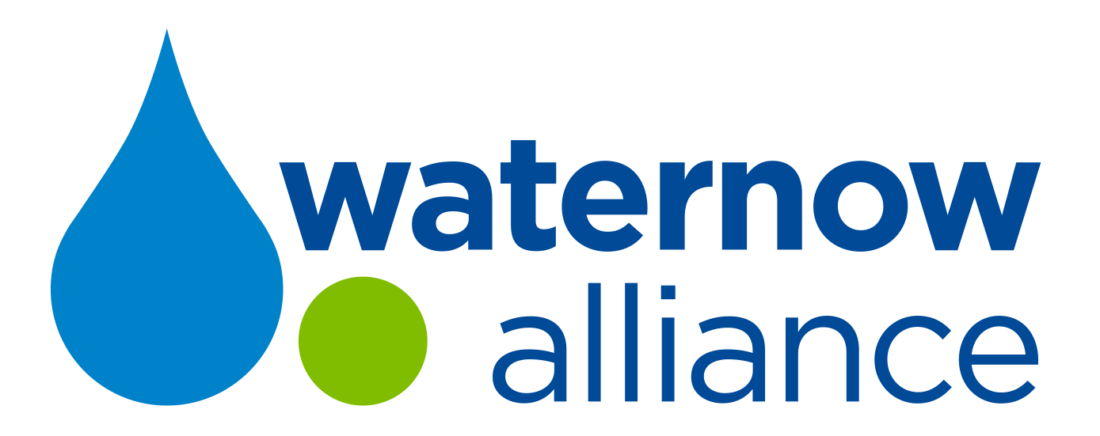Project Goal
The City of Thornton historically has one of the lowest daily water per capita consumption rates in the Front Range. Thornton attributes its conservation efforts to its pursuit of promoting water conservation to its population. The City provides water to around 165,000 residential customers, as well as over 750 commercial, industrial, and institutional (CII) customers, across a 39-square mile area. Currently, the City’s utility billing database does not distinguish between business types within the commercial customer class, making the determination and projection of water use trends for different business categories challenging. To inform water conservation goals and encourage efficient use of its water resources, Thornton sought to create CII benchmarks unique to its service area.
Our Approach
WaterNow Alliance partnered with the City of Thornton to develop water use benchmarks for the City’s commercial, industrial, and institutional (CII) customers. First, WaterNow researched existing CII benchmark programs in Western communities to understand effective methodologies for determining how much water different customer classes in a community use. Then, the project team analyzed Thornton’s water use data to quantify water consumption by business type, leading to draft metrics and benchmarks meant to reduce overall CII water use. WaterNow facilitated stakeholder meetings with CII customers to present initial findings, gather feedback, and refine water use categories to better reflect water use data. Finally, the team developed guidance, such as steps to create equitable tap fees using these benchmarks and how to update benchmarks in the future, to support Thornton’s implementation efforts.
Outcomes
The CII water use benchmarks allow Thornton to better understand customers’ overall water use by customer type, and predict low, average, and high water use across 14 different Cll categories:
Establishing benchmarks across these categories will allow Thornton to better manage its water supplies for the 165,000 people who call Thornton home. Thornton can use these benchmarks to improve water conservation efforts with efficiency measures that are appropriate for each CII classification, which further support the goals in Thornton’s Water Efficiency Plan.





